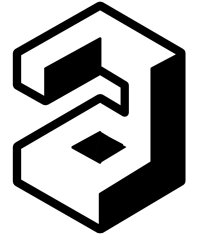Genetic Diversity and Population Structure of Anatolian Hair Goats, an Ancient Breed
Loading...
Files
Date
2024
Journal Title
Journal ISSN
Volume Title
Publisher
Copernicus Gesellschaft Mbh
Open Access Color
OpenAIRE Downloads
OpenAIRE Views
Abstract
This study aimed to investigate the genetic characterization and diversity of Hair goats from 10 regions using 20 microsatellite markers. A total of 522 alleles were observed. The INRA0023 locus exhibited the greatest number of alleles (48), while the DRBP1 locus had the highest effective allele number (16.27), and the BM1818 and DRBP1 loci had the highest polymorphic information content value (0.94). The expected heterozygosity value ranged from 0.85 (ILSTS011) to 0.94 (BM1818, SRCRSP15, and DRBP1). The Hair goat populations in Konya and Hatay displayed the lowest and highest allele numbers, with values of 10.40 and 16.25, respectively. The fixation index (FIS) values are significant in defining population structures and determining the extent of heterozygosity losses. The FIS values exhibited a range of 0.031 in Mu.gla to 0.226 in Burdur. A total of 107 unique alleles were identified in Hair goat populations. However, it is noteworthy that, out of all the alleles, only 25 had a frequency exceeding 5 %. The results indicate that the microsatellite markers utilized demonstrate sufficient levels of polymorphism, making them appropriate for efficiently investigating the genetic variability of Hair goat populations.
Description
Keywords
Turkish CoHE Thesis Center URL
Fields of Science
Citation
Demiray, A., Gündüz, Z., Ata, N., Yılmaz, O., Cemal, İ., Konyalı, A., … & Şenyüz, H. H. (2024). Genetic diversity and population structure of anatolian hair goats, an ancient breed. Archives Animal Breeding, 67(1), 13-23. https://doi.org/10.5194/aab-67-13-2024
WoS Q
Q2
Scopus Q
Q3
Source
Volume
67
Issue
1
Start Page
13
End Page
23
SCOPUS™ Citations
3
checked on Sep 16, 2025
Web of Science™ Citations
3
checked on Sep 16, 2025
Page Views
9
checked on Sep 16, 2025
Downloads
174
checked on Sep 16, 2025

Google Scholar™

